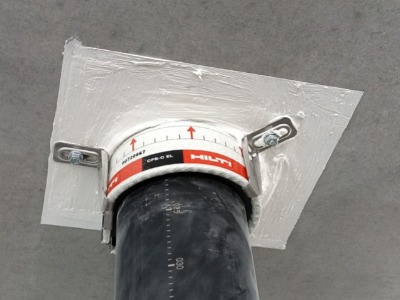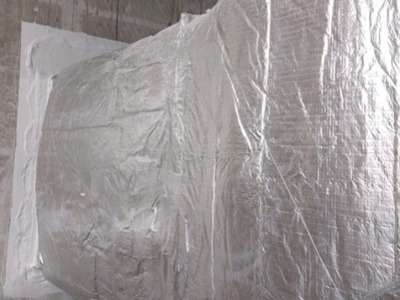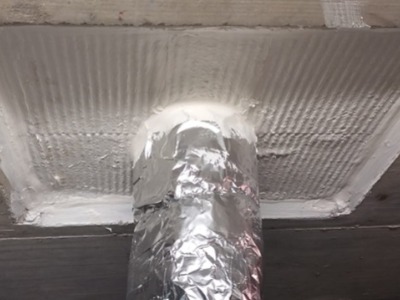EI COMPARTMENTATIONS
Fireproof compartments involve various activities and measures, including:
Fireproof walls and partitions: Vertical fireproof structures, such as partition walls and fire-resistant walls, are built to divide the building into sections or compartments. These elements play a key role in slowing the spread of flames from one part of the building to another.
Fire-resistant doors and windows: As part of fire compartmentation, doors and windows with fire-resistant properties are used to limit the spread of fire through open spaces.
Intumescent sealing systems: Special intumescent materials are applied around doors, windows and structural joints. In the event of fire, these materials expand and create an intumescent barrier that hinders the escape of smoke and flames.
Thermal and intumescent insulation: Thermal and intumescent insulation materials are used to protect load-bearing structures from direct exposure to the high temperatures produced by a fire. This helps preserve the structural strength of the building during a fire event. These elements play a key role in slowing the spread of flames from one part of the building to another.
Fire-resistant doors and windows: As part of fire compartmentation, doors and windows with fire-resistant properties are used to limit the spread of fire through open spaces.
Intumescent sealing systems: Special intumescent materials are applied around doors, windows and structural joints. In the event of fire, these materials expand and create an intumescent barrier that hinders the escape of smoke and flames.
Thermal and intumescent insulation: Thermal and intumescent insulation materials are used to protect load-bearing structures from direct exposure to the high temperatures produced by a fire. This helps preserve the structural strength of the building during a fire event.



